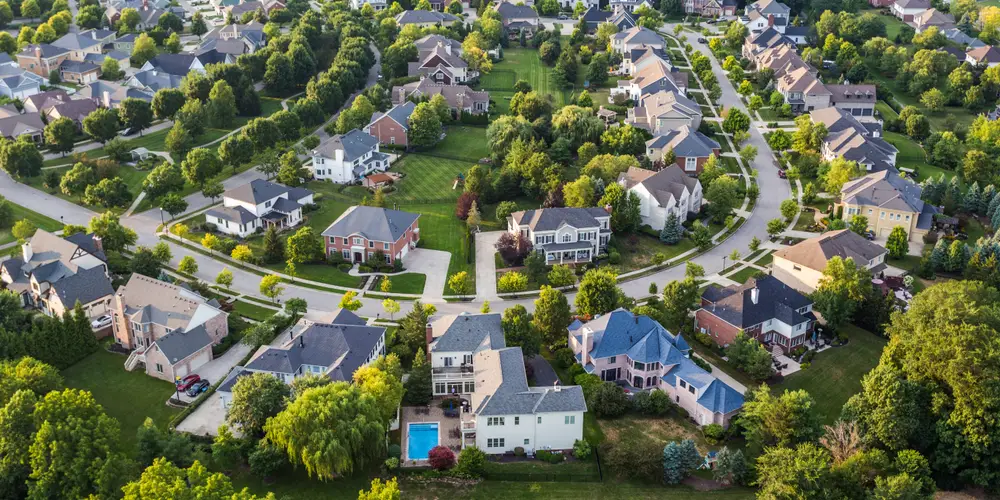It’s not just the US. Housing around the world is more expensive than it was prior to the 2008 peak, the IMF says.

The housing market is seeing its lowest rate of sales in at least 3 decades, per a new Redfin analysis.
Housing around the world is the most expensive it’s been in decades, with affordability levels across countries falling below levels recorded in the years leading up to the Great Financial Crisis, according to a new International Monetary Fund analysis of 2023 data.
The data — which measured housing affordability using an index based on mortgage rates, home prices, and household income — found that affordability in the US and 39 other countries had fallen below levels recorded during the home-price bubble of the early 2000s.
The median housing affordability index reading across the nations fell below a key threshold of 100, which indicates that the typical household has less income needed to qualify for a typical mortgage for a typically priced home, according to an analysis published by the IMF in December.

Housing affordability is lower than levels recorded prior to the 2008 financial crisis, according to a new analysis of 2023 housing data.
The decline in affordability, which began at the start of the pandemic, has largely been driven by higher mortgage rates and rising home prices around the world, according to Deniz Igan, an IMF economist who helped compile the data.
In the US, mortgage rates have climbed in recent years, influenced by the Fed’s rate-hiking cycle as it fought high inflation. The 30-year fixed-rate mortgage hovered around 6.69% the last week, up from pandemic-era levels below 3%, according to Freddie Mac data.
Higher mortgage rates didn’t do much to tamp down higher prices, either.
US home prices have surged since the pandemic. The median sale price for a single-family home rose to $420,000 in the third quarter, up 28% from the first quarter of 2020, US Census data shows.
“The affordability crunch reflects higher borrowing costs since central banks jacked up interest rates to counter inflation. At the same time, housing shortages and robust demand amid strong household formation kept prices high,” Igan wrote in the IMF’s Finance & Development Magazine this month. “The complex postpandemic economy brought long-simmering structural problems in the global housing market into sharp focus.”
US housing experts largely expect affordability challenges to remain next year. Home prices are expected to rise at a slower pace, while mortgage rates could ease, but only slightly.
Zillow thinks home prices could rise 2.6% in 2025, while mortgage rates could remain elevated, but see “choppy” swings.
Redfin, meanwhile, saw home prices rising another 4% next year, while mortgage rates remain stuck near 7%.






